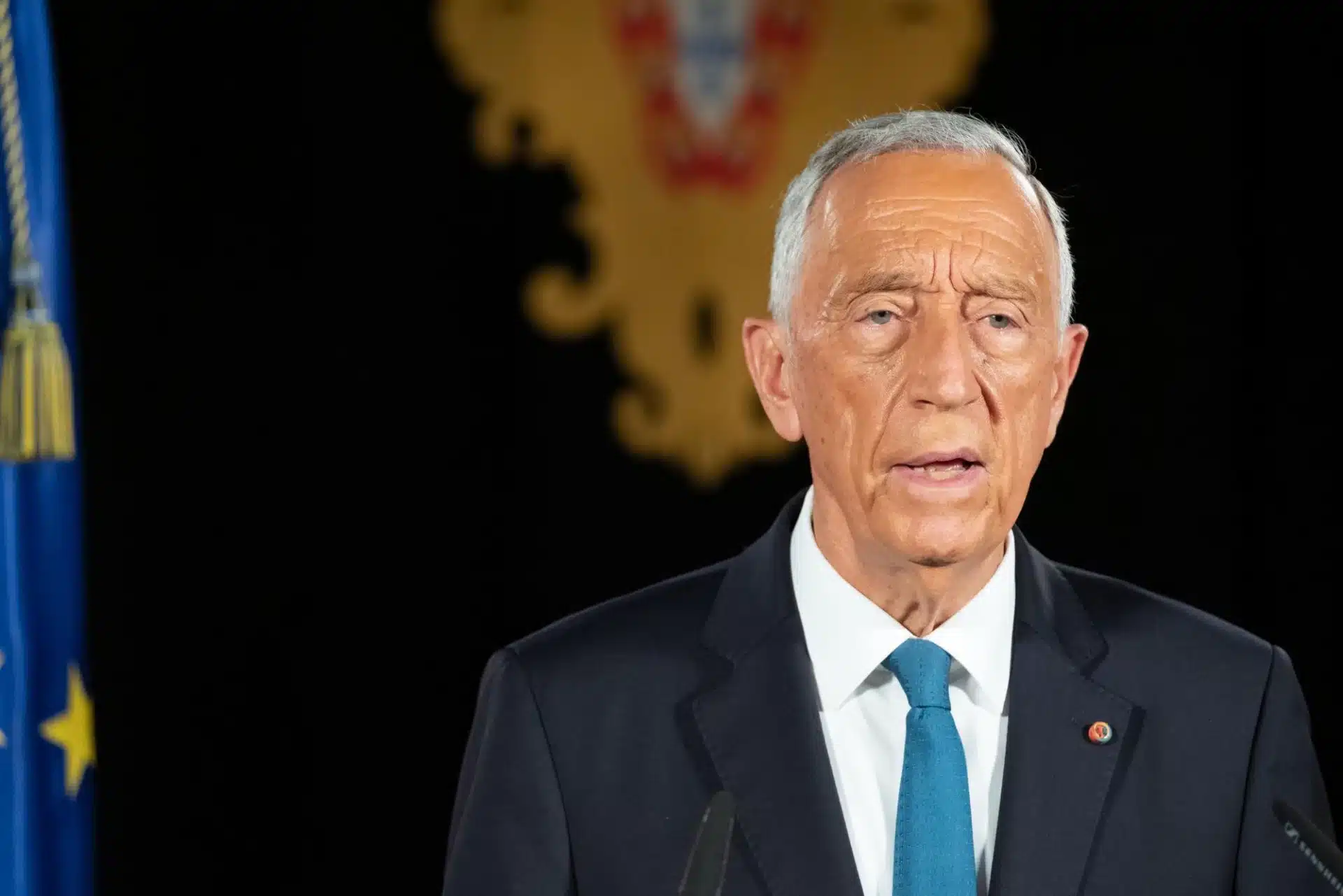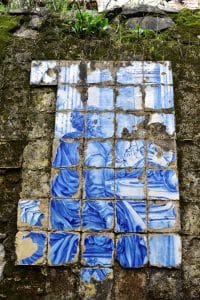Building classified as Property of Public Interest became part of the Revive Program
The Convent of Nossa Senhora do Desterro, in Monchique, is one of 15 properties across the country that have been part of the III phase of the Revive Program since June, which aims to promote the “safeguarding and enhancement of public heritage with heritage value” and its “economic and tourist use”.
The rehabilitation and reuse of this former convent is one of the oldest projects of the Câmara de Monchique, but only now has it been possible to look for an investor to promote the necessary works, thanks to the Revive Program.
The building, which was quite ruined and the target of thefts over the years of some of its most characteristic elements, such as the tiles that decorated the old cafeteria, is now almost entirely owned by the Municipality of Monchique.
“We are only missing a small plot, for which we have already signed the Promissory Contract of Purchase and Sale, but we have not yet managed to do the deed. But it can be considered that the entire Convent is already our property,” Paulo Alves, president of the Monchique Chamber, told Sul Informação.
The property, which rises on the hillside overlooking the village of Monchique, was visited on Wednesday by the Secretary of State for Tourism, during the visit that the governor made to several investments in the municipality, as part of the informative sessions of the “Roteiro + Interior Tourism”.
What is intended with the integration of the Convent of Nossa Senhora do Desterro in the Revive Program is, according to the mayor Paulo Alves, “to find a solution for the tourist and cultural valences” that the historic building may have.
“We hope that private investors will appear who will be able to rehabilitate the building, adapting it to new functions, but still maintaining a part of public use, allocating funds there that the Chamber alone cannot gather”, explained the president of the municipality.
“This is a process that has dragged on for many decades, but now there is finally the prospect of a solution, since it is the first time that the building is registered in this Revive Program,” he added.
As for what can be done in the old Convent, Paulo Alves says that “when there is a private investor interested, then it will be defined what will be done”. It will be, the mayor has no doubt, “an investment for many millions of euros”.
“At the moment, we are working only on the inclusion of the Convent in the Revive program,” he concluded.
Revive is a joint program of the government areas of Economy, Culture, Finance and Defense, developed in close coordination with local authorities.
Its main objective is to recover and enhance vacant public heritage and strengthen the attractiveness of regional destinations.
For the Secretary of State for Tourism, Trade and Services, “the launch of Phase III of the Revive Program is a sign of the vitality and importance of this program in the requalification and economic use of public real estate with architectural, heritage, historical and cultural value, granting a new opportunity to properties in an advanced state of degradation”.
At the presentation session of the new lines of financing and initiatives for the tourist valorization of the interior, which took place in Parque da Mina, in Monchique, the Secretary of State Nuno Fazenda said that, together with the president of Turismo de Portugal, “we have been touring the interior of the country, to account for the instruments to carry out the projects”.
One of the instruments presented in Monchique was a new line of support for inland tourism with €15 million.
As for the Tourism Agenda for the Interior, Nuno Fazenda stressed that the objective is “to mobilize concrete measures and support for the interior, where the Algarve also belongs”.
For his part, José Apolinário, president of the Algarve Regional Coordination and Development Commission (CCDR), stressed that “the interior Algarve and low-density areas represent a natural Algarve to be explored”, which, in some areas of the territory, “still has poor internet coverage, and the 5.G contest is a response that is eagerly awaited. Monchique is a good example of this natural Algarve, of nature tourism, of unique experiences and landscapes “.
The Convent of Nossa Senhora do Desterro, in Monchique, was founded in 1631 by Pero da Silva, who was Viceroy of India. The convent belonged to the Third Order of Saint Francis and its religious architecture is baroque.
On the frontispiece of what remains of the church, there is still a coat of arms of the founder’s family.
The building was destroyed by the earthquake of 1755 and was later rebuilt.
The Convent was eventually closed in 1834, as part of the extinction of religious orders in Portugal, and was sold at public auction in 1842 to various owners.
The image of Nossa Senhora do Desterro, of 17th-century origin, as well as other elements of the church, were taken to the Chapel of São Sebastião, in Monchique, where they are still located.
But the convent continued to deteriorate, accentuating the state of ruin of most of its buildings.
Since 1981, it has been classified as a Property of Public Interest.
In 1983, when Socialist Carlos Tuta was mayor, the municipality began a long process to acquire the convent’s land, which is still not completed today.
The purchase project was continued later, from 2009, by the social-democratic mayor Rui André, but always hampered by the large number of owners, some of them unknown, of the various plots into which the property and the surrounding land were being divided.
In 2003, an international public tender was opened for the restoration of the convent building, and the following year a project worth five million euros was approved by the then Portuguese Institute of Architectural Heritage.
This project envisaged the installation of a hotel unit, perhaps a hostel, with 28 beds in 24 rooms.
The land around the convent would also be restored, including the ponds and the emblematic Fonte dos Passarinhos, and a swimming pool would be installed.
But the project never came to fruition, as large parts of the Convent were still not owned by the City Council.
During the Monchique fire in 2018, the building was threatened by flames, which consumed much of the surrounding grove, but left the ruined convent unscathed.
Sources: Monumentos.Gov.pt and Wikipedia












